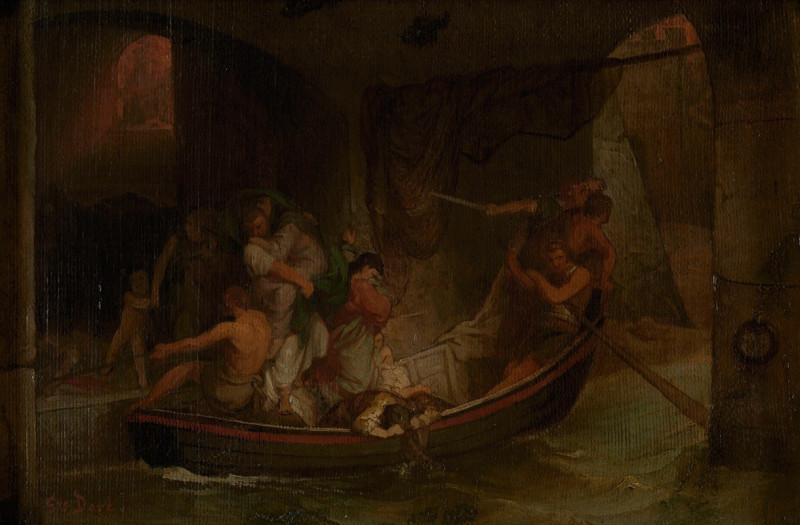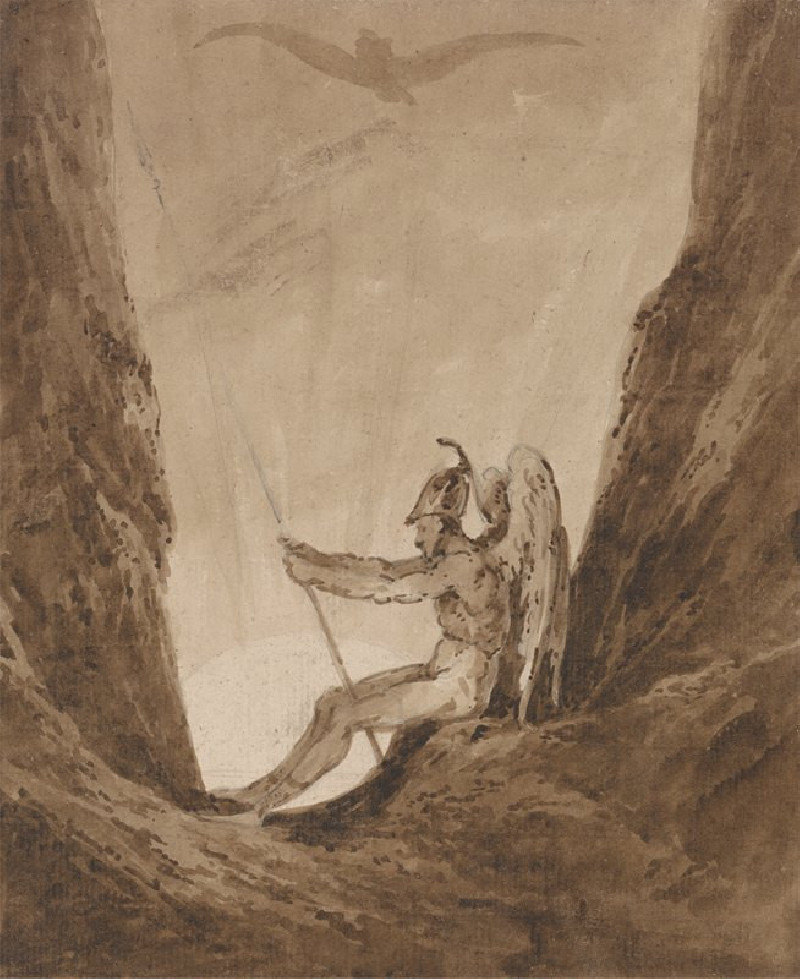Scottish Highlands
Technique: Giclée quality print
Recommended by our customers
More about this artwork
Gustave Doré, primarily known for his masterful engravings, also explored the vast realms of painting, bringing to canvas epically scaled landscapes infused with intricate details and emotive atmospheres. "Scottish Highlands" is a testament to Doré's prowess in painting, offering a breathtaking view of the ethereal and rugged landscapes of Scotland.In this stunning work, Doré captures the essence of the Scottish Highlands with its rolling hills, expansive vistas, and dynamic skies. The scene is set in a valley where the play of light and shadow on the hillsides suggests the transient beauty of nature. A serene lake reflects the sky, serving as a dramatic contrast to the textured and richly colored foreground.Atmospherically, Doré manages to convey a moment of both tranquility and the sublime—qualities often sought in Romantic landscape painting—where the vastness of nature invites contemplation. Small figures are seen in the distance, perhaps emphasizing the scale and wild beauty of the Highlands and the fleeting presence of humanity within it."Scottish Highlands" not only showcases Doré’s skill in manipulating light and color to portray the changing moods of nature but also reflects his deep appreciation for the untamed beauty of the natural world. This piece is a perfect reflection of the Romantic spirit, capturing the awe-inspiring power and majesty of Scotland’s landscapes.
Delivery
Returns
Paul Gustave Louis Christophe Doré (6 January 1832 – 23 January 1883) was a French printmaker, illustrator, painter, comics artist, caricaturist, and sculptor. He is best known for his prolific output of wood-engravings illustrating classic literature, especially those for the Vulgate Bible and Dante's Divine Comedy. These achieved great international success, and he became renowned for printmaking, although his role was normally as the designer only; at the height of his career some 40 block-cutters were employed to cut his drawings onto the wooden printing blocks, usually also signing the image.














































